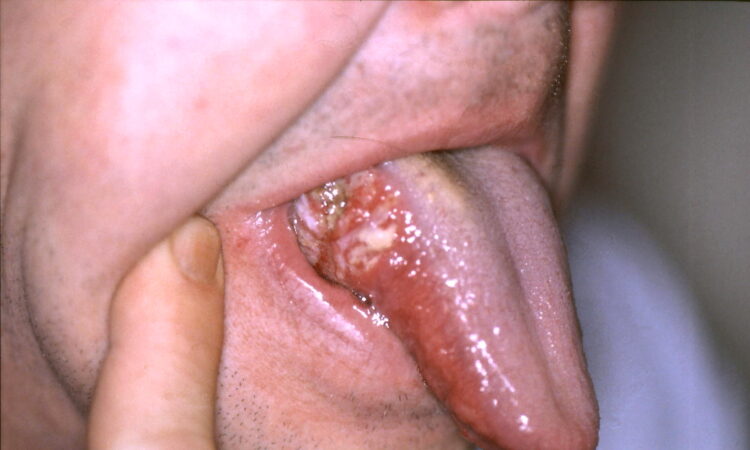Oral Cancer and its Associated Effects

Oral cancer is usually seen in older people of age around 60 years. It affects the roof and floor of the mouth, lips, tongue, throat, etc.
The mouth or oral cancer can look a lot like a common problem; for instance, sores on lips or inside the mouth that bleed, various white patches, etc.
When a problem like that persists for too long, it is time you see a professional dentist. In Abilene, Texas, residents can easily access quality dental care.
Many professionals can provide practical solutions to different dental problems.
A dentist in Abilene, TX, will scrutinize your mouth to determine the problem and the extent to which it has caused damage.
If you leave cancer untreated, it can spread to different parts of your body and, therefore, requires intervention as soon as possible.
If you get the treatment on time, your cancer may get better.
What are the symptoms of oral cancer?
- Easy bleeding from the sores in your mouth.
- Appearance of spots on lips and other parts of the mouth.
- Losing weight without intention.
- Pain in the ears.
- Smelly breath that may persist for too long.
- Finding it difficult to speak or chew.
- Experiencing pain and numbness in the face for no apparent reason.
One thing to remember is that the above-mentioned symptoms have to persist for a long time in order to be cautious about it.
Who is more susceptible to developing oral cancer?
It is seen that males are more prone to developing oral cancer than females. Furthermore, white people are also more likely to develop oral cancer as compared to black people.
The ratio of people developing oral cancer is considerably less. However, any symptoms must not be overlooked. Regular screening for identifying lumps can help detect cancerous cells early on.
The two parts that are likely to be affected by oral cancer are the oropharynx (which consists of the tongue, the upper part of your mouth, and your throat (the area that is visible on the opening of the mouth).
What are the activities that increase the chances of developing oral cancer?
While there need not be any particular cause, certain activities can still increase the likelihood of developing oral cancer.
There are people without any family history or smoking habits who may still develop cancer. Some of those activities are listed below:
- Smoking on a daily basis and cigars are also included.
- Water pipes can also increase the chances.
- Consumption of excessive amounts of alcohol.
- People with HPV are also susceptible.
- Exposing the lip area to the sun for too long does not provide them any protection.
- Cancer may also run in the family.
What are the stages of oral cancer?
Different tests are run to locate the site of cancerous cells, their size, and how much they have spread.
These things determine which stage a person is on. The stage helps a dentist to determine the treatment plan and the chances of recovery.
A TNM is used to determine the size and spread of cancerous cells. T is for the location, N is for the spread to nodes, and M is for the spread of cancerous cells to other parts.
At the first stage, which is T1, the tumor is two centimeters or less. At T2, the cancer has grown to two centimeters or more but not more than four centimeters.
At the last stage, that is, T3, the cancerous cells have become prominent in size, more than four centimeters.
Get oral cancer screening done every six months!
To be on the safer side, it is recommended to get oral cancer screening done twice a year. It will help to minimize the risks of letting the problem escalate.
The dentist can detect the cancerous cells early and prepare a treatment plan as needed.










